El Castell de Guadalest
Usually known just as Guadalest this combination of a fortified village and ruined castle may be the most visited village in Spain and has become a collection of museums within a living museum.
The high visitor numbers is partly because of its proximity to Benidorm, about 18 miles away, one of the most popular vacation destinations in the country, and the very good road links that have now been established between the resort and the mountaintop village. The appearance of the village as you approach from the coast, sat right on the mountain top and visible in glimpses as you wind up the mountain road only adds to its charm and when you arrive you are not disappointed.
So the downside is that during the tourist season, and to a lesser extent all year round at weekends, numerous organised coach tours call at Guadalest and this is in addition to the many tourists and locals who drive from the coastal resorts of the Costa Blanca and the nearby inland town of Alcoy. Best to go midweek and out of season.
The fortified part of the village grew up within the wider fortifications of the original castle which dates from around 715 AD during the Moorish occupation. You can only enter the fortified area through a tunnel, created from a natural fissure in the rock, called the San Jose gate. Not far from the entrance is the town museum in a building called Casa Oduña. The other famous building in the village, that you will often see on postcards, is the white bell tower of Penon de la Alcala which seems to be precariously perched on the mountainside.
Today the “castle” is usually considered to be uninhabited ruins (much was destroyed by a mine explosion during the, 18th century, War of the Spanish Succession and by an accidental explosion in the 19th century). This is the part that you pay an entry fee for. The castle overlooks the village but it is hard to say where the castle ends and the village begins.
To the northern boundary of the village are sheer defensive ramparts which overlook a very attractive reservoir deep in the valley below. It is a great walk around the lake and there is a solar powered tourist boat.
Nearby rock pinnacles house lookout towers and other defensive structures. After the defeat of the Moors those muslims which remained were forced to live outside the fortified area where they created a collection of houses built close together in an area now known as “el Arabbal”. Here there are many small squares and lots of places to eat and drink as well as several museums including a museum of torture and a development of the traditional Belen (nativity scene) with the miniature scenes including many scenes of traditional Spanish shops and houses and railway scenes of very high quality. Across the main road from this area is a salt and pepper pot museum with over 20000 salt and pepper shakers, a twin of the one in Gatlinburg, Tennessee.
Know Before You Go
The scheduled bus service from Benidorm is route 16. It takes about 1 hour and costs only a Euro 5.50 round trip. However it only runs once per day 10:00 out (from central Benidorm) and 13:30 back. Lots of tour operators in Benidorm offer coach trips. You can drive up the CV-70 but parking is not cheap and if you arrive late it is quite a walk up from the lower of the two parking lots.
The Atlas Obscura Podcast is Back!



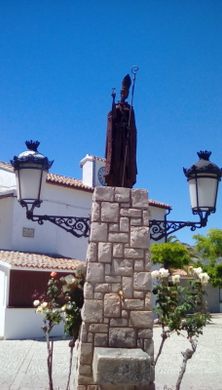
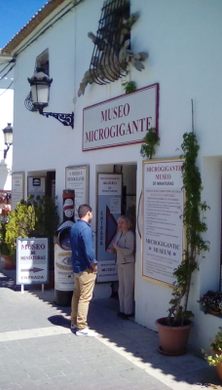
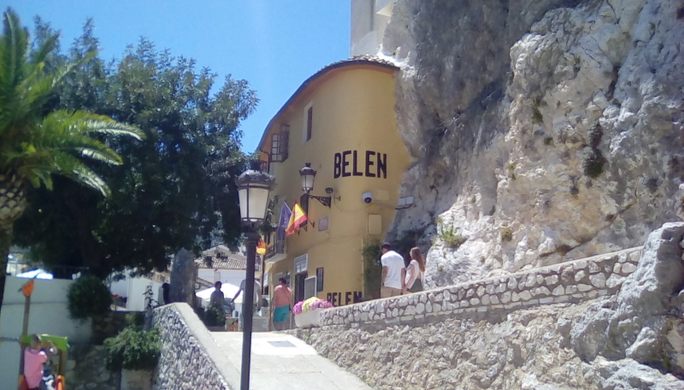
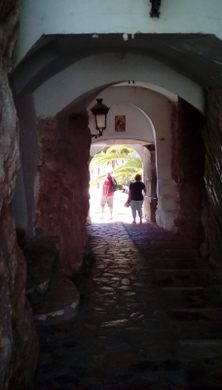
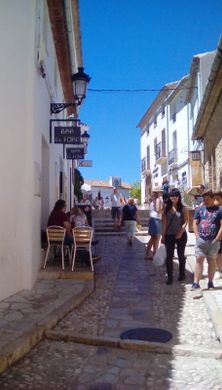
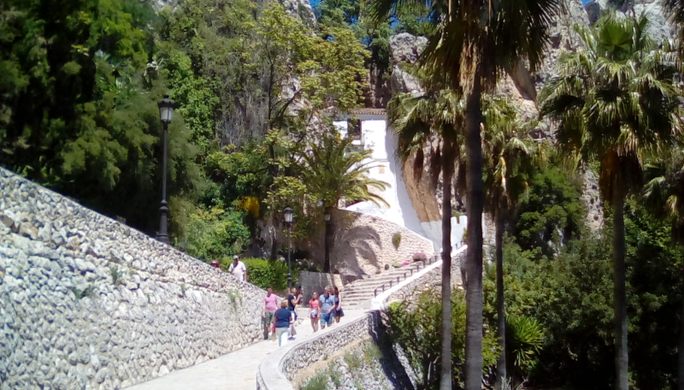

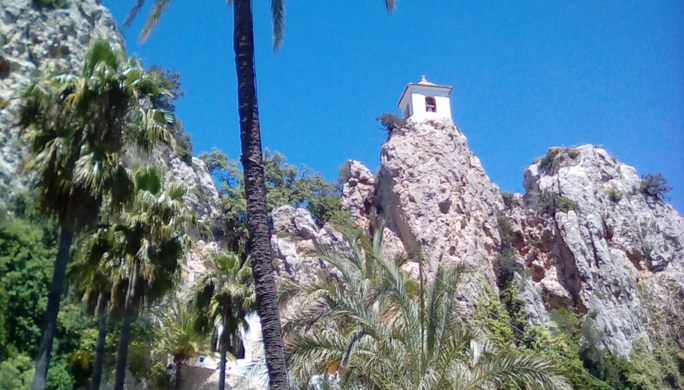
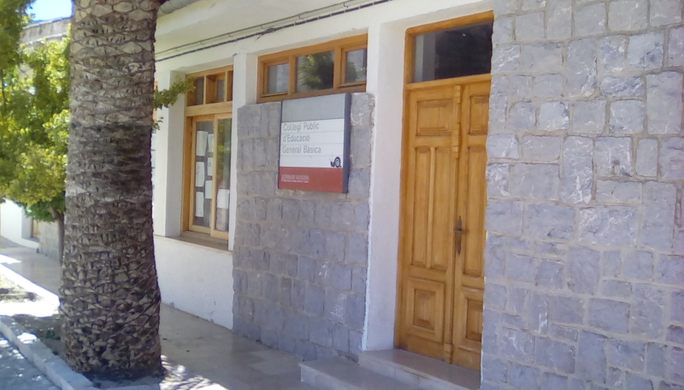

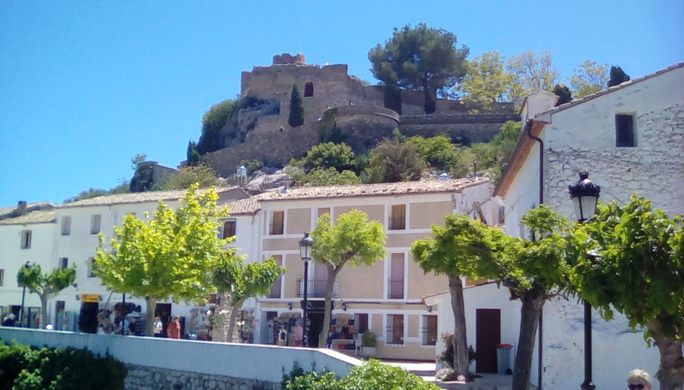
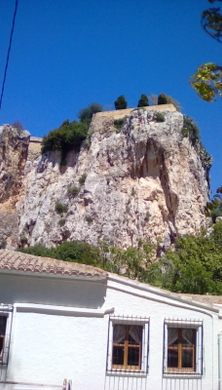
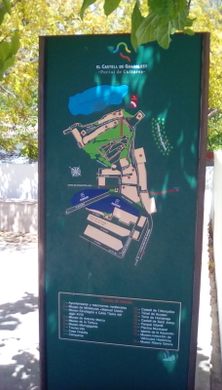
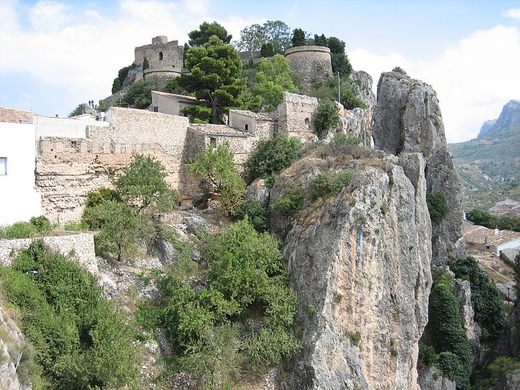
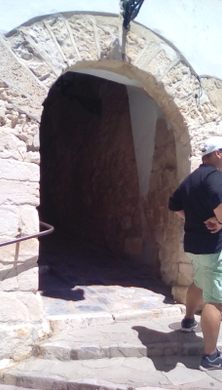


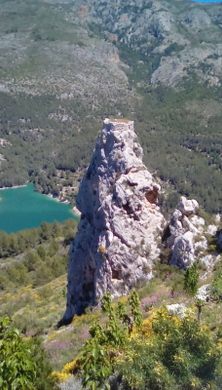
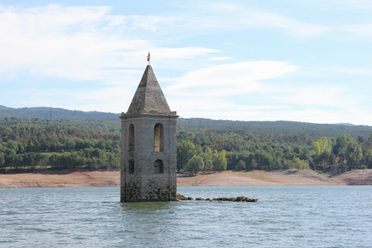


Follow us on Twitter to get the latest on the world's hidden wonders.
Like us on Facebook to get the latest on the world's hidden wonders.
Follow us on Twitter Like us on Facebook